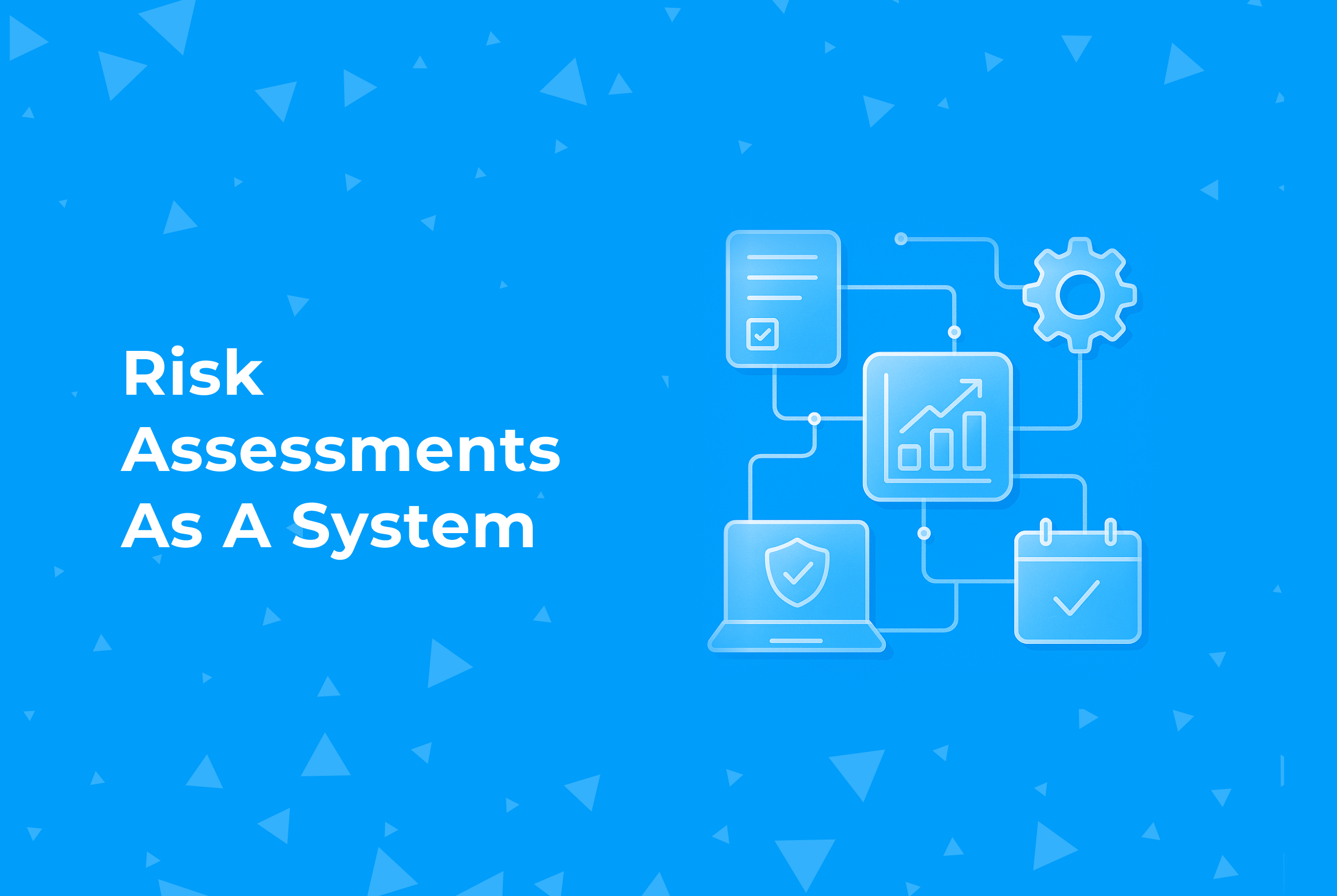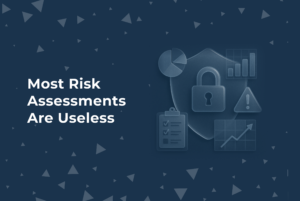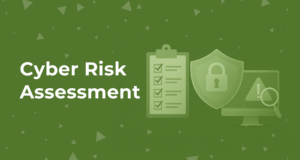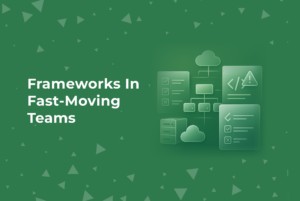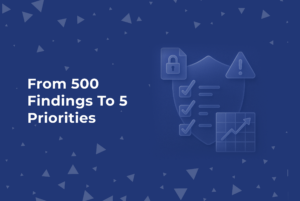There’s a pattern we’ve seen across a lot of companies.
They run a risk assessment—maybe tied to an audit, maybe after an incident. They put time and energy into modeling their systems, identifying weak points, mapping out threats. And then… they archive the results and move on.
Six months later, the architecture has changed, new features have shipped, and that detailed risk model?
Outdated. Forgotten. Unused.
It’s not that the original assessment was bad. It’s that it wasn’t designed to live with the system.
You Don’t Need a New Framework. You Need a System You Can Reuse.
We don’t rebuild our infrastructure every quarter. We evolve it.
So why do we keep starting over with risk modeling?
What if your risk assessment wasn’t just a project, but a feedback loop—a lightweight system that helped your org get smarter about risk over time?
Not something you run once. Something you run again and again, with less friction each time.
That’s what we’re aiming for.
A Good Risk Model Isn’t Static—It Compounds
Most of the value from a risk model doesn’t come from the first run.
It comes from using it to think more clearly, more consistently, as things change.
A solid model gives you:
- A shared understanding of what matters
- A history of how tradeoffs were made
- A lens for evaluating new threats as they show up
And over time, that context becomes incredibly valuable. It informs decisions faster. It reduces debates. It keeps people aligned—even when teams shift or systems evolve.
Plug It Into the Rhythms You Already Have
You don’t need a security summit to keep a risk model up to date.
You just need to connect it to the cadences your team already runs on:
- Review it during quarterly planning
- Tie it to engineering OKRs or risk-based sprints
- Update it after major launches, architectural changes, or incidents
When the model becomes part of how you operate—not just something you reference during an audit—it starts to shape decisions in real time.
Institutional Memory Beats Heroic Effort
A lot of security knowledge lives in the heads of a few experienced people. That works… until it doesn’t.
What we want is resilience. And that means designing systems that preserve thinking, not just tools.
Your risk model should help new engineers onboard faster, help leadership understand tradeoffs, and help your org move forward without losing what it’s already learned.
Because when the system remembers, individuals don’t have to carry all the weight.
Where Automation Fits
You don’t need to automate everything. But small things can help:
- Alert when critical systems change
- Track drift between the risk model and reality
- Schedule nudges to revisit assumptions every quarter
Automation isn’t about replacing judgment—it’s about surfacing what’s changed so your thinking stays relevant.
Worth Asking
How often are you revisiting your risk model?
Is it something your team trusts and uses? Or something that gets rebuilt from scratch every time someone new joins or a big change hits?
If it’s the latter, there’s probably an opportunity to turn your assessment into something more valuable:
A thinking system that grows with your team.
At RemoteMore, we’ve helped teams turn static assessments into reusable security workflows. But honestly, the core idea is simple—make it sustainable, make it visible, and use it often.
Security isn’t just about knowing where the risks are. It’s about having a system that helps you keep up as things move.

